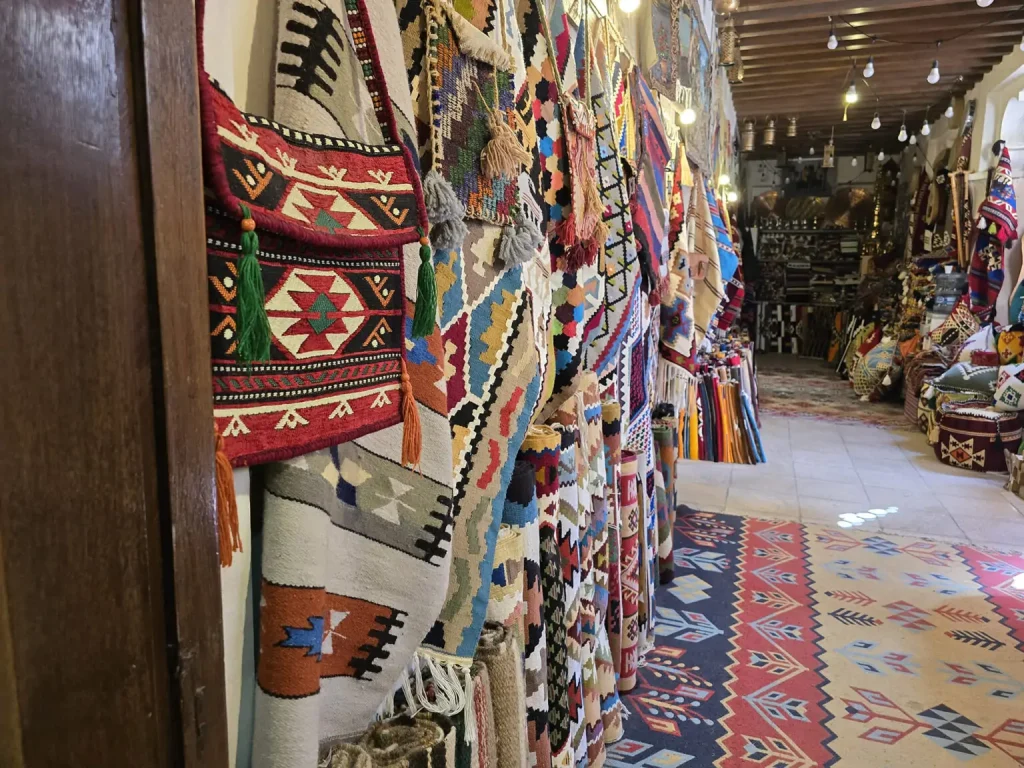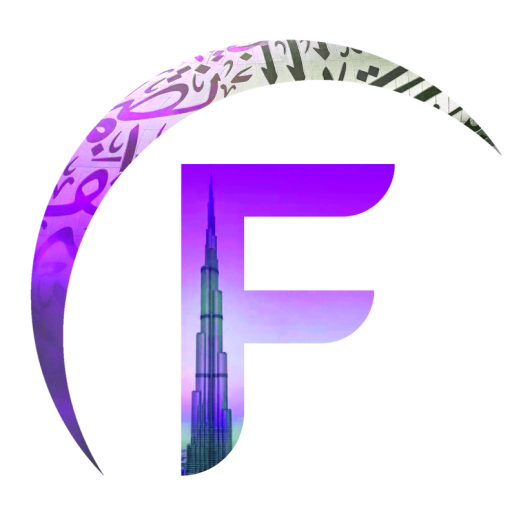Al Sadu, the traditional Bedouin weaving technique, is more than just a craft; it’s a tapestry of history, culture, and identity. Practiced predominantly by Emirati women, this intricate weaving method utilizes wool from camels and goats, dyed with natural substances like henna and saffron. The resulting textiles, adorned with geometric patterns, narrate stories of desert life, tribal affiliations, and personal expressions. Recognized by UNESCO in 2011 as an intangible cultural heritage in need of urgent safeguarding, Al Sadu remains a testament to the UAE’s rich nomadic traditions.
Al Shindagha Heritage Village: A Cultural Epicenter
Nestled along the banks of Dubai Creek, Al Shindagha Heritage Village offers visitors a glimpse into the UAE’s past. Within its confines, traditional houses, museums, and workshops come alive, showcasing crafts like Al Sadu weaving. Here, seasoned artisans demonstrate the weaving process, allowing visitors to observe and, in some cases, participate. The village’s commitment to preserving Emirati heritage makes it a prime location for those eager to delve into traditional crafts.
Al Fahidi Historical Neighbourhood: Weaving Through Time
The labyrinthine alleys of Al Fahidi Historical Neighbourhood transport visitors to a bygone era. Amidst its wind-towered buildings and art galleries, occasional weaving demonstrations emerge, especially during cultural festivals. These sessions, often hosted in collaboration with local art foundations, provide insights into the symbolism behind Al Sadu patterns and the meticulous techniques employed by weavers. Engaging with these artisans offers a profound appreciation for the craft’s intricacies.
Al Marmoom Desert Conservation Reserve: Weaving Amidst Dunes
For a more immersive experience, the Al Marmoom Desert Conservation Reserve presents weaving demonstrations set against the backdrop of rolling dunes. Organized by cultural initiatives, these sessions highlight the symbiotic relationship between the craft and its desert origins. Participants not only witness the weaving process but also gain insights into the materials sourced from the environment, emphasizing sustainability and tradition. Such experiences underscore the deep-rooted connection between the Bedouin lifestyle and Al Sadu weaving.
Understanding the Symbolism: Patterns with Purpose
Every motif in Al Sadu weaving carries significance. Triangles might represent sand dunes, zigzags could denote rain or wind, and specific colors symbolize various aspects of desert life. These patterns serve as a visual language, conveying stories, beliefs, and values passed down through generations. Engaging with weavers during demonstrations provides a deeper understanding of this symbolic lexicon, enriching the appreciation of each woven piece.

Hands-On Workshops: Weaving Your Own Story
Beyond passive observation, several venues in Dubai offer hands-on workshops where participants can try their hand at Al Sadu weaving. Guided by experienced artisans, these sessions teach basic weaving techniques, pattern creation, and the cultural context of the craft. Such interactive experiences not only foster a personal connection to the tradition but also contribute to its preservation by passing knowledge to new enthusiasts.
Supporting the Craft: Purchasing Authentic Al Sadu Products
Visitors interested in supporting the continuation of Al Sadu weaving can purchase authentic products crafted by local artisans. From rugs and cushions to bags and decorative items, these pieces embody the skill and heritage of their creators. Proceeds often go directly to the artisans or community programs, ensuring the craft’s sustainability and the livelihood of those who uphold it.
Cultural Etiquette: Respecting Traditions
While attending demonstrations or workshops, it’s essential to approach with respect and cultural sensitivity. Photography may be restricted, especially when involving elder artisans, to maintain the sanctity of the tradition. Engaging with genuine interest, asking questions, and expressing appreciation can foster meaningful interactions and mutual respect.
Seasonal Events: Timing Your Visit
Dubai hosts various cultural festivals throughout the year, such as the Sikka Art Fair and Al Marmoom Heritage Festival, where Al Sadu weaving is prominently featured. Planning visits around these events can enhance the experience, offering a broader perspective on Emirati arts and traditions. These festivals often provide additional workshops, exhibitions, and performances, enriching the cultural immersion.
Preserving a Legacy: The Role of Education
Educational institutions and cultural centers in Dubai are increasingly incorporating Al Sadu weaving into their programs. By teaching younger generations and raising awareness among residents and tourists, these initiatives aim to safeguard the craft for the future. Participation in such programs, whether as a student or supporter, contributes to the ongoing narrative of Al Sadu weaving in the UAE.
This guide was curated by the editorial team at www.few.ae.


 then "Add to Home Screen"
then "Add to Home Screen"